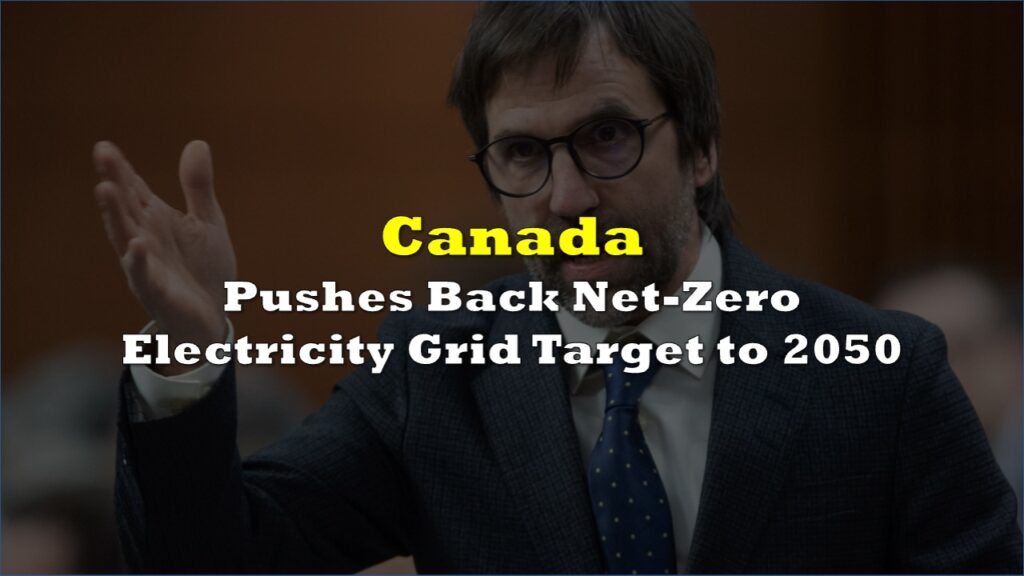Following what were two consecutive months of trade surpluses, Canada’s merchandise trade balance has reverted back to a deficit status of $1.1 billion in March.
On Tuesday, Statistics Canada reported that Canada’s trade balance moved from a surplus of $1.4 billion in February to a deficit of $1.1 billion, as imports rose significantly amid higher consumer spending that coincides with the country’s strong economic recovery. Total imports jumped 5.5% to $51.8 billion in March— the highest since May 2019, as all product sections noted increases. Compared to year-ago levels when pandemic restrictions were first imposed, the value of imports has soared 6.3%.

Energy product imports soared by the most in March, rising by 54.7% after staying below pre-pandemic levels over the past year. Imports of refined petroleum products contributed the most to the monthly gain, up from $279 million in February to $726 million in March. Crude oil imports also noted a noticeable gain, rising by 19.4% to top $1 billion for the first time since September 2020.

Imports of motor vehicles and parts rose 4.6% in March, following a decline of 6.6% in the prior month. The February decline was largely the result of production setbacks at several American auto manufacturing plants amid the ongoing global semiconductor chip shortage. Albeit the shortages continued into the month of March, production slowdowns were no longer as pronounced, thus resulting in higher imports of motor vehicle engines and parts and passenger cars and light trucks.
In the meantime, Canada exported $50.6 billion worth of goods, as total exports edged up 0.3% and were 14.4% higher compared to March 2020. Exports of non-energy products jumped 2% to $41.2 billion— the third highest on record. Following a decline of 11.5% in February, exports of motor vehicles and parts were up 10.2% in March. Similarly, exports of metal ores and non-metallic minerals rose 33% in March, after declining 25% in the previous month. Conversely, exports of energy products dropped 6.7%, mainly due to lower natural gas exports.

Information for this briefing was found via Statistics Canada. The author has no securities or affiliations related to this organization. Not a recommendation to buy or sell. Always do additional research and consult a professional before purchasing a security. The author holds no licenses.









